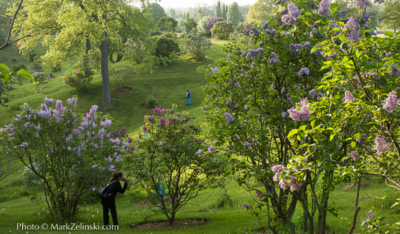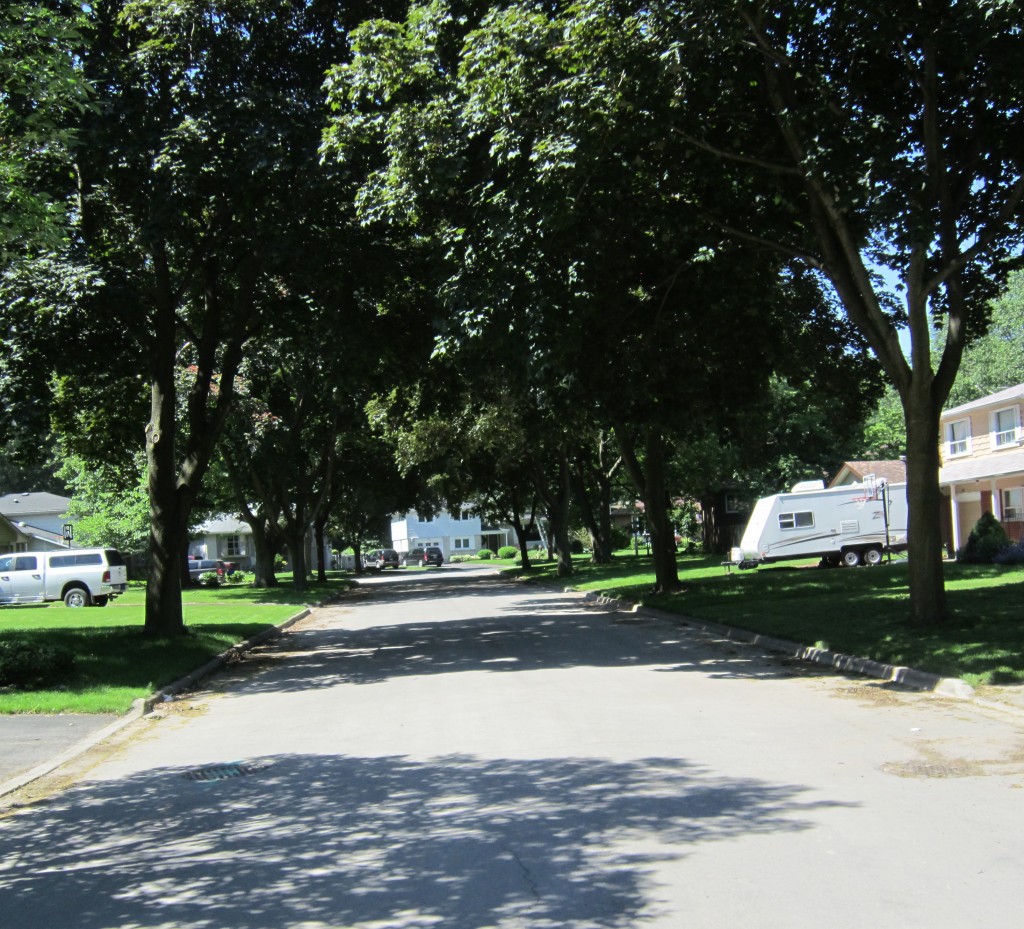 By Pepper Parr
By Pepper Parr
March 28th, 2023
BURLINGTON, ON

Daintry Klein
Daintry Klein, delegating before a Standing Committee this morning decided to see the developers as allies rather than a sector she had to do battle with.
“ To BILD and the West End Home Builders Association” she said, “ we understand that a complete and balanced, liveable community is as important to your prospective clients and your business as it is to existing residents.
“ The Intergovernmental Panel on Climate Change’s report released on March 20 details that we are likely to reach or surpass 1.5 degrees of warming by 2040. Canada’s goal, as established at COP 15 in Montreal last December to conserve 30 % of land and oceans by 2030 is meant to address this urgent situation.
“It is recognized that protection can’t just be reserved for vast open spaces; it needs to be a part of our cities and the everyday lives of more people. There is a substantial gap between the goal of 30% and the parkland dedication percentage reality that we face. The more frequent high winds and storms are an ongoing reminder of the effects of climate change.

Royal Botanical Gardens – trees, plants and birds.
“Last week, The Royal Botanical Gardens presented a lecture on Prescribing Nature. Details of important health benefits of 30% tree cover and 2 to 3 hours/week of walking in City parks include reduction of diabetes, cardiovascular disease, hypertension, psychological distress, poor sleep and loneliness.
Dr. Myles Sergeant of Hamilton and Executive Director of the Canadian Coalition for Green Health Care is actively involved in planting trees consistent with the goal of improving health outcomes. He highlighted for the audience the effects of urban heat islands. Higher density development with less greenspace and tree cover directly correlates to cardiac arrests. Long story short, parkland and tree coverage are critical to sustainability of life as we know it.
“Dr. Sergeant spoke of the three resources needed to meet his organization’s goals. Money to purchase trees, volunteers to plant and space to achieve their goal of 800,000 trees. He indicated that the first two resources were plentiful but the biggest challenge is the required space to plant the trees.
“Given the 1500 trees that were planted but two feet apart in our Millcroft Park last year, the similarities were strikingly similar.
“If we in the City of Burlington are serious about mitigating the climate emergency, we must be more thoughtful about preserving decade’s old mature trees as well as planting new ones. The benefits of maximizing the tree canopy should be ensured with a better opportunity for survival and space to achieve their potential. The city’s trees, including in our parks, provide shade, cooling, erosion control, stormwater management and green house gas mitigation for our residents. As power outages become more frequent with potentially longer duration, trees may become the only refuge available in excessive heat situations.

Every tree on this street is on private property. Every property owner has the right to cut down the tree on their property. If one comes down – so what? If five come down will those five people have lessened the value of the properties on the street? If they all come down – would anyone want to buy property on this street.
“Let’s look for viable locations in our parks that can better accommodate this important goal of expanding the tree canopy and providing shade for walkers, spectators and simple enjoyment of outdoor spaces.
“Two days ago CNN provided important reporting on Cities designed to work with, not against water as flooding increases. Laura Paddison comments that cities have tended to focus on trying to keep water out, often turning to concrete: building up walls, dams and other gray infrastructure. She writes that as the climate crisis continues to threaten cities and reshape coastlines, vulnerable urban areas are looking to work with, rather than against water by soaking it up within the fabric of the city.
“Greenspace, such as natural vegetation and tree canopy are the sponges working in Bangkok. That city is vulnerable to flooding as it was constructed on a floodplain and sinking due to the growing urbanization. Perhaps this is worth consideration here in Burlington.
“Burlington, the Region of Halton and the World are in a climate emergency. The important work on the city’s parks acknowledges this. However, let’s not let the brief paragraph dealing with climate considerations within this report be overwhelmed by the extensive analysis.
 “Millcroft Greenspace Alliance is currently focussed on preserving the Millcroft Golf Course property with its mature tree canopy, natural vegetation, and creative stormwater design. There is space on this property for many additional trees. It is an example of a privately owned public space that is currently under threat of development rather than the intent of permanent open space.
“Millcroft Greenspace Alliance is currently focussed on preserving the Millcroft Golf Course property with its mature tree canopy, natural vegetation, and creative stormwater design. There is space on this property for many additional trees. It is an example of a privately owned public space that is currently under threat of development rather than the intent of permanent open space.
“City Council publicly opposed the proposed development in December of 2022; we urge the City to preserve this valuable resource. To quote this Parks Provisioning Master Plan report, “the City will need to be proactive in the acquisition of land and look potentially to new or rarely used tools to acquire parkland in order to meet its service needs”

This what the Millcroft Greenspace Alliance wants to protect – and with very good reason
Asking the developers to plant trees on the golf course property rather than build additional housing was novel as an approach – good on Daintry Klein for making the point.















No development on this golf course will be environmentally beneficial, help the planet…and of course protect home values…hmm.